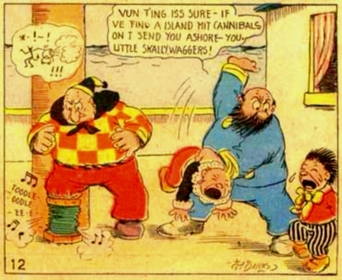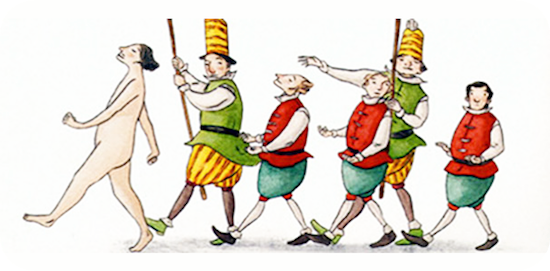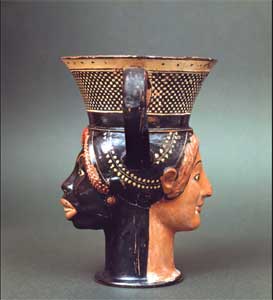
The closing of the banks, the cutting of the safety net, the political gyrations are all appalling to watch but instructive in one powerful respect: once it goy framed as a “debt crisis” the scenario was set. Creditors would mount their moral high horse, finance ministers, bankers and the IMF would call the shots, the question would be how much to cut and how fast. Naughty, profligate Greeks. They need to be taught a lesson.
But supposed it were framed as “austerity failure”? After all, Greece is the poster child for the embarrassing failure of what the Germans and others have been pushing. What would the scenario have been if that were the way the issue were framed? Surely it would be how to revive the economy, increase GDP, and revive the vision of a Europe bound together by shared values. The Greeks lost the discourse battle early on. Frankfurt and Brussels fed the hungry media what they craved in a chaotic situation, a nice story line complete with good parents (bankers) disciplining naughty children (Greek pensioners).
Why not be clear about it? This story line is the old Katzenjammer Kids cartoon series, without the humor.
There’s a lesson here for America, but it’s not, “Cut back or you’ll turn into Greece.” It’s to watch like a hawk how issues get framed, and fight that battle hard and early. Right now the debate about higher education is framed as the rule of RoI, Return on Investment.” Le RoI rules, the people will suffer in their debt crisis until costs are cut to the bone and beyond. As long as that’s the discourse, the scenario is bleak. But it can be reframed, if not from the top down then from the ground up. If not with piou exhortations about the value of a liberal education, then with a new cartoon series showing that Le RoI has no clothes.





 RSS Feed
RSS Feed
